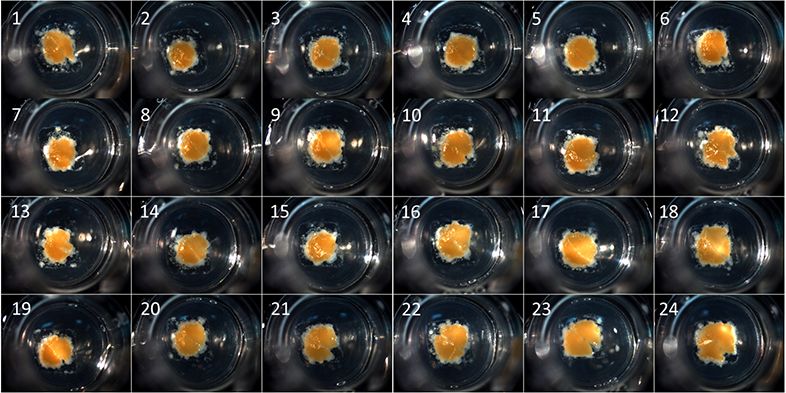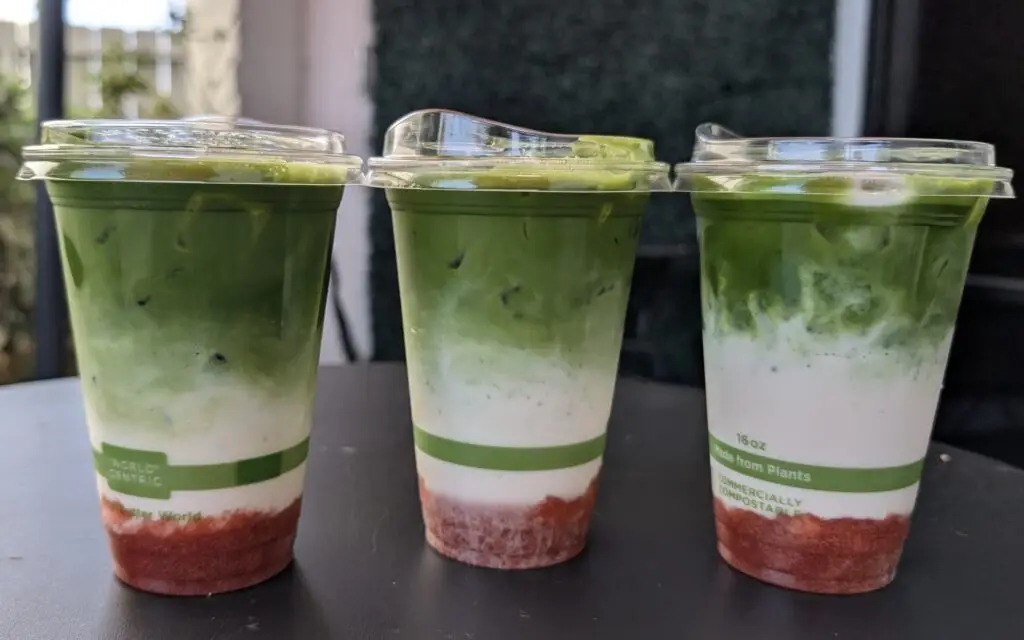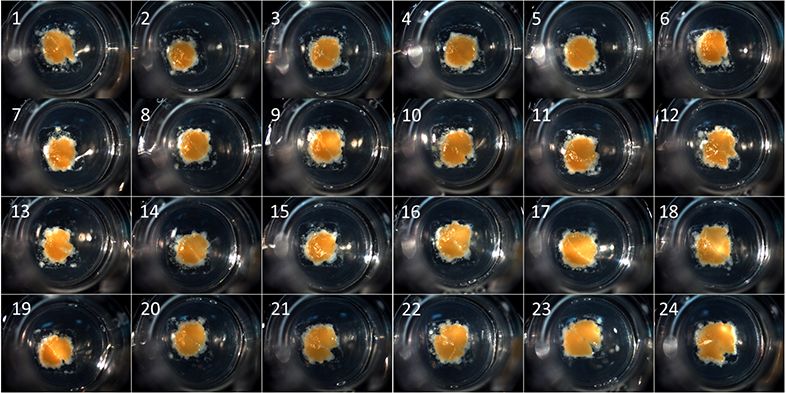Once novel, 3-D printing is making a big splash, producing everything from chess pieces to prosthetic limbs. But those applications merely scratch the surface. San Diego biotech Organovo is perfecting another application: printing tiny livers, kidneys, and other tissues.
These livers won’t be used for transplants but may perform an equally useful task—helping test potential medicines for safety.
The possibilities are huge. It can take 15 years and $1.5 billion to move a treatment from the research lab to patients. Many drugs make it partway but bottom out on safety issues. Liver toxicity is a major culprit.
“[Eli] Lilly has tried two different drugs for Alzheimer’s that have failed in phase II trials because of liver toxicity,” says Keith Murphy, one of Organovo’s cofounders and CEO. “If they picked a better drug, with the same potency and without the toxicity problem, they could already have a product helping these patients.”
The Advantages of 3-D
But to pick the right drugs for clinical trials, companies need better ways to test them. Usually, pharma companies try drugs on animals or cells on a plate. These approaches have been valuable, but they don’t replicate the complex interactions in the human body.
“When you put liver cells on a plate, they lose characteristic liver function after two days,” says Murphy. “They act more like skin cells.”
Organovo’s solution is to 3-D print livers, surrounding liver cells (called hepatocytes) with other cell types.
“Imagine building a structure out of Lego blocks,” says Murphy. “You’re going to choose which colors go in which positions. With the printer, we’re choosing which cell types go in which positions. Hepatocytes are surrounded by cells they’re used to being next to.”
Printing 3-D micro-livers has many advantages. These organs act a lot like real livers: growing capillaries and bile ducts, secreting proteins, storing fat, and making cholesterol. Even better, they respond to drugs like normal livers.
“We have shown multiple drugs—that were not seen to be toxic, based on studies in rats and 2-D hepatocytes, but then had costly problems in late-stage human trials—to have a clear toxicity in our tissue,” says Murphy. “This is an opportunity to really understand, in a much better way, how a drug is going to work in humans.”
The Valley of Death and Beyond
From pharma’s standpoint, little livers could be a big deal. Drug companies often lament the so-called “valley of death”: the chasm between showing a drug is safe and effective in animal and cell models and investing the capital to conduct human trials. A better way to gauge toxicity could add certainty to the process, making it easier to move forward. Organovo recently inked a deal with pharma giant Merck to share their printing technology with the pharma giant, as well as collaborating on other tissue models.
But that may be just the beginning. Organovo is also printing tumors, deriving the “ink” from cancers in actual patients. Like small livers, mini-tumors could provide drug companies a better model to test new therapies.
“In a 2-D environment, a drug may kill all the cancer cells, but can it actually get to those cells when you put it in the body?” asks Murphy. “We cannot transform cancer therapy because we don’t even have the tools to see how well our drugs work.”
Eventually, this approach could be used for direct patient care, allowing clinicians to test different drug combinations against an array of personalized mini-tumors, helping them choose the best therapies based on each patient’s actual cancer.
Transplants to Come
Organovo is working with researchers at Yale University to develop larger tissues for transplant. Initially, these will be patches for livers, hearts, and nerves—complete organs are, most likely, more than a decade away.
But there’s another possible application. Arterial bypasses work because people have perfectly sized leg veins, but that’s not the case for other structures.
“Think if we could make tissues of all shapes and sizes on demand,” says Murphy. “Today, we can’t replace the carotid artery because there’s nothing available in the body to use as a source. The opportunities are really exciting.”

Now Printing: Micro-Livers
Organovo’s exVive3DTM Human Liver Tissue are bioprinted into a 24-well plate for drug testing. | Photo By Organovo

















